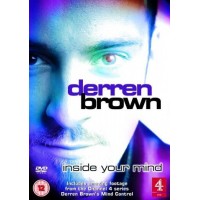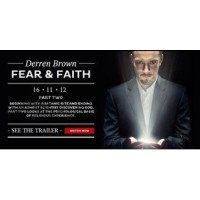Think, Feel, Cut by Giacomo Bigliardi
- Product Code: T1101
- Reward Points: 10
- Availability: In Stock
- $5.99
-
$2.99
- Price in reward points: 299
Welcome to Think, Feel, CUT .
Here's the starting point:
I wanted to come up with new ways to cut to any four of a kind freely named by the spectator. Using no difficult methods and with just a borrowed, shuffled deck. And I didn't want it to look like a demonstration of ability of any sort, it had to look like real magic . To do that, I explored the theory , the psychology , the subtleties that can turn simple methods into memorable pieces of magic. It's a three-year journey that I'm now sharing with you .
Here's what you'll find.
- In the hands work.
Routines that can be done entirely in the hands. You don't need a table or any kind of surface to perform these two routines:
Simple cut. This is where it all began. A clean and direct four of a kind cutting sequence where you do not only locate the four aces but also remember the order of the cards in the deck.
Jazz cut. The deck is shuffled by the audience. You take it back and immediately start cutting to any four of a kind they name. The cards are never on top, never on the bottom, you use no breaks. This is incredibly fun to perform and fools magicians.
- Table work.
You'll get three different moves that allow you to seemingly cut to any card. They are free and open, and super easy to execute. Included is my work on the Cross Cut force, with some touches and subtleties that completely changed the way I do it. In addition to the three moves, you'll also get three routines :
Delayed cut. A four of a kind cutting sequence where you play with expectations and the delay in between productions and revelations.
Packets cut. A cutting sequence that entirely around the flow and the framing of your actions. It's SO deceptive.
Matching cards. The spectator handles the deck the whole time, yet you're able to locate the three mates to a card he's been hiding from the beginning.
- Theory.
The theory is crucial in this project. You'll find an entire section dedicated to it, as well as a constant focus on it. Here are some of the things I'll cover: effect and method; how to create powerful magic with very few sleights; how to frame your actions in a way that makes them believable and memorable; how to use the attitude to make your sleights deceptive; making mistakes and mistaking on purpose... and much more!
Reviews (0)
Related Products
Special Effects by Wayne Dobson
Wayne Dobson - Special EffectsPDFSpecial Effects is my latest, and I honestly believe my best book t..
$1.69 $5.89
Sharp by Eric Richardson
"In Sharp, Eric reveals the best version of the Card Stab I have ever seen ... PERIOD. Eric's routin..
$2.99 $6.78
Bulldog by Joel Dickinson
"I am super impressed by the thinking here. Wish I had thought of it!" - Matt Johnson ..
$2.99 $6.99
The Blue Illusion by Yarden Aviv
THIS IS AN EYE POPPING MOMENT OF MAGIC. I must say that this looks so good. It is by far the cl..
$1.99 $4.99
The Surface Below Part 1 by Giacomo Bigliardi
I was watching an interview with Elon Musk explaining the purpose of “The boring company” last ..
$1.99 $5.99
Tricks For Thoughts (Video + Pdf) by Giacomo Bigliardi
Are you ready to experience wonder?Tricks for Thoughts will give you my best magic. Here, you will l..
$3.99 $6.99
Jazz Session by Jarred Kraft
Impromptu or "jazz magic" is the ability to create unscripted or on-the-spot magic during a performa..
$4.99 $17.00
Making The Cut - Impromptu Ace Cutting by Carl Irwin
Making The Cut is a procedural approach to impromptu Ace Cutting from a truly shuffled deck.The card..
$1.99 $8.00
Giacomo Bigliardi Masterclass Live 2
Session 2 - Sept. 8, 2024 (4pm ET | NYC Time)Turning PointAn amazing four of a kind production.LiesA..
$2.99 $34.00
Giacomo Bigliardi Masterclass Live 1
Session 1 - Sept. 1, 2024 (4pm ET | NYC Time)Chaotic AcesA quick and fair production of the Aces fro..
$2.99 $34.00
Giacomo Bigliardi Masterclass Live 1-3
Session 1 - Sept. 1, 2024 (4pm ET | NYC Time)Chaotic AcesA quick and fair production of the Aces fro..
$5.99 $88.00
Recommend
The 3D Magic Spectacular by Derren Brown
3D Magic TV show Derren Brown - The 3D Magic Spectacular Description: http://vimeo.com/7671660 M..
$1.99 $4.23
Svengali by Derren Brown
Look into my eyes, look into my eyes, the eyes, the eyes, not around my eyes, look into my eyes??Tha..
$1.99 $4.99
Something Wicked This Way Comes by Derren Brown
Mind -site program Derren Brown - Something Wicked This Way Comes 2006 field program in the UK As..
$1.99 $4.23
Science Of Scams by Derren Brown
Super powers phenomenon decryption Derren Brown - Science Of Scams Multiple super powers phenomena..
$1.99 $4.99
Richard Dawkins - The Enemies Of Reason by Derren Brown
Derren Brown & Richard Dawkins - The Enemies of Reason Evolutionary biologist and best-selling ..
$2.99 $5.23
Pure Effect by Derren Brown
Mentalism teaching Derren Brown - Pure EffectPDFThis is a fantastic book if you wish to learn deeper..
$2.99 $5.89
Plerophoria by Derren Brown
Derren Brown - Plerophoria ( Chinese subtitles ) Darren Brown classic magic Plerophoria, the effe..
$1.99 $4.23
On The Art Of Cold Reading by Derren Brown
Magic Art Interview sheet Derren Brown - On The Art of Cold Reading Cold Reading first to enjoy ..
$1.99 $4.99
Miracles For Sale by Derren Brown
Derren Brown - Miracles for Sale With the cameras in hot pursuit, Derren faces his toughest projec..
$1.99 $4.48
Mind Reader - An Evening Of Wonders by Derren Brown
Performing special Derren Brown - Mind Reader - An Evening of Wonders British Channel 4 09 premier..
$1.99 $4.23
Mind Control (1-6) by Derren Brown
Master Mind Control series Derren Brown - Mind Control (1-6) The film shows the mind magician Brown..
$2.99 $5.23
Messiah by Derren Brown
Messiah "Brown playing the world " (Derren Brown: Messiah). This one-hour program originally in t..
$1.69 $4.99
Investigates (1-3) by Derren Brown
Derren Brown - Investigates (1-3) Derren Brown InvestigatesDerren Brown Investigates began a run of..
$2.99 $5.23
Inside Your Mind by Derren Brown
Derren Brown - Inside Your Mind If you have not met someone can control your mind , you will..
$1.69 $3.98
Hero At 30000 Feet by Derren Brown
Mentalism show piece Derren Brown - Hero at 30000 Feet Derren Brown, the acclaimed psychological i..
$1.99 $4.23
Fear And Faith by Derren Brown
Brown Fear 2012 latest TV show and Faith 1-2 Derren set The latest TV show in November 2012...
$1.99 $4.99

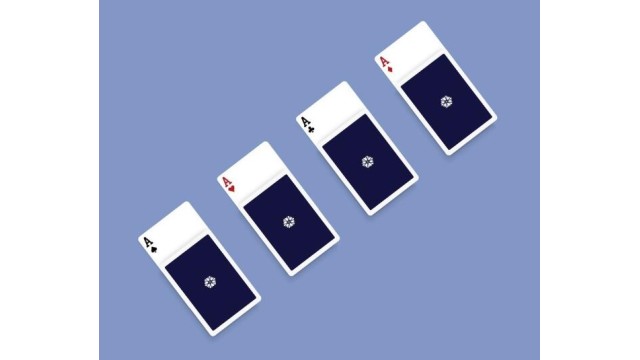















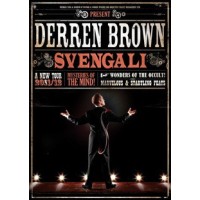
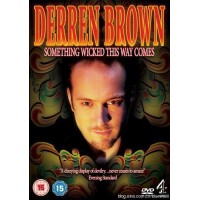

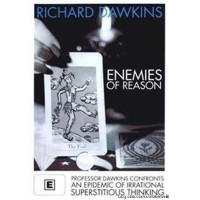
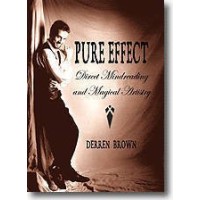
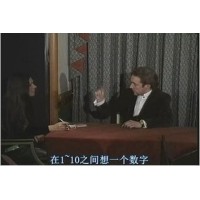


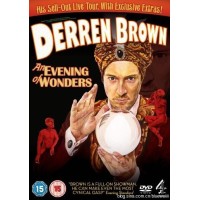
-by-Derren-Brown-200x200.jpg)

-by-Derren-Brown-200x200.jpg)
